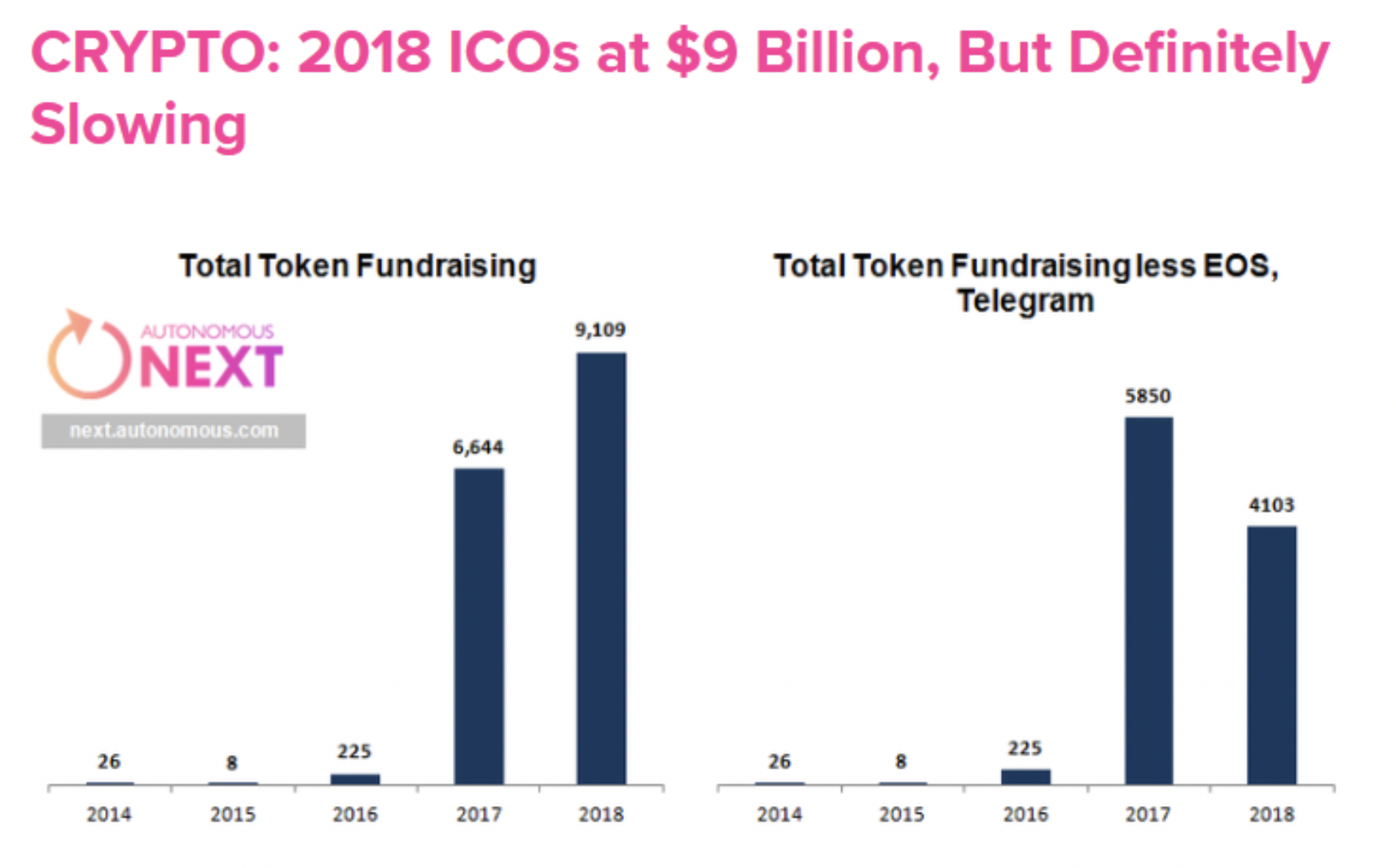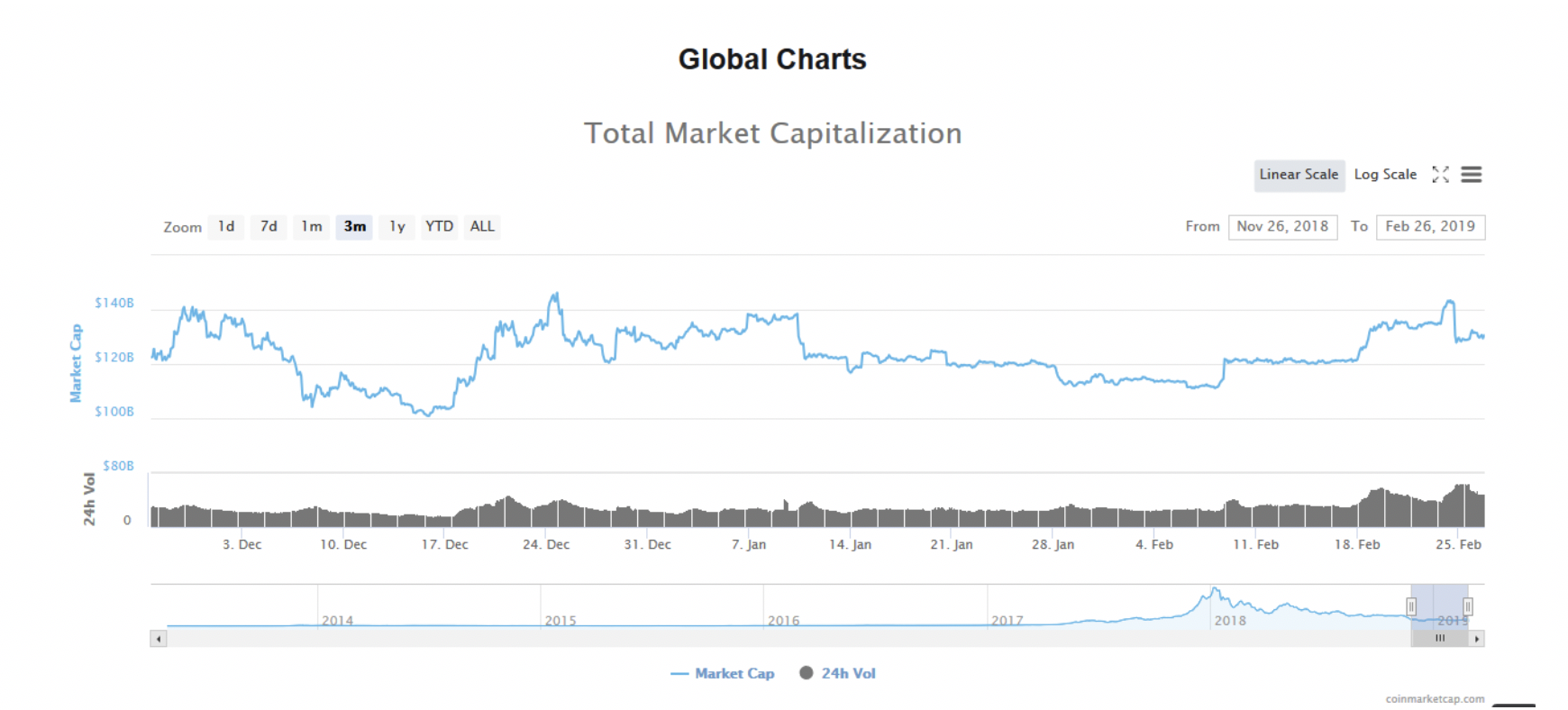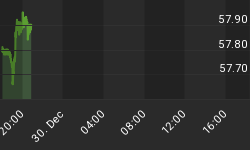Despite an environment rife with economic and political instability, global M&A value in 2018 reached near-record levels as markets remained unhampered by the heightened geopolitical risk. The cryptocurrency space was not nearly as rampant, yet the industry still managed to record a decent amount of consolidation as companies looked to beef up their platforms through the acquisition of like-minded entities.
But now another trend is emerging: crypto companies are using ‘backdoor listings’ to ease into the mainstream.
Several cryptocurrency exchanges have sought to move closer to the mainstream and gain some legitimacy through tie-ups in the financial services world they once spurned. Also known as reverse mergers, these buyouts allow these crypto companies to offer their shares to the public and raise funds without the rigors and regulatory scrutiny that goes with traditional IPOs (Initial Public Offerings).
Seeking legitimacy
One such deal is the January 2019 takeover of Hong Kong-listed construction firm, LEAP Holdings by OKC Holdings, a company owned by Star Xu, founder of the crypto exchange OK Coin in a deal valued at HK$484 million ($61.69 million).
A few days later, the parent company of popular Korean exchange Bithumb announced plans to list in the U.S. market via the purchase of Blockchain Industries, an OTC-listed diversified holding company.
Last year, crypto-exchange software producer ANX International purchased Hong Kong-listed Branding China while Singapore-based Huobi bought Hong Kong’s Pantronics Holdings.
Experts say that mergers between crypto and traditional companies could help the industry gain more mainstream acceptance. And, it’s hardly surprising that exchanges now feature prominently in these new-age mergers. Last year, the New York attorney general’s office castigated crypto exchanges due to what it termed as poor surveillance and pervasive conflict of interests, going as far as saying that some may be operating illegally. Related: Blockchain Startup Wants To Bring Microgrids To Japan
Public listing of cryptocurrency exchanges poses a challenge for regulators who are only beginning to grapple with the task of overseeing the trading aspect. Japan’s FSA famously became the first country to regulate the region’s exchanges on 2016 before pulling back and allowing them to self-regulate.
Meanwhile, Hong Kong's market watchdog, the Securities and Futures Commission, has questioned the sustainability of the crypto model.
Lastly, crypto exchanges might simply be seeking new growth/profit avenues as more founding investors seek an exit.
Expect more consolidation as ICOs slow down
You can probably expect to see more of these mergers if the activity in the ICO (Initial Coin Offering) market is any indication. An October 2018 report by EY Global revealed that a staggering 86 percent of ICOs were already trading below their listing prices with nearly a third totally decimated. With the entire crypto universe out of favor during the year, it’s hardly a surprise ICO activity also slowed down.

(Click to enlarge)
Source: Autonomous
Luckily, the crypto market has been more or less treading water this year and avoided another sharp downturn. At this rate, ICO activity could start seeing an upturn as well.

(Click to enlarge)
Source: CoinMarketCap
But even with a healthier market, consolidation within and without the industry appears like the next natural phase. Early-stage industries tend to be fragmented and all over the place , a phase that is usually followed by consolidation as they mature.
With nearly 2,100 digital coins, the industry appears cluttered and begging for consolidation.
Related: Lending: The Good, Bad, And Ugly
Expect a major shakeout to weed weak and worthless players to continue. Self-regulation alone is likely to take years, maybe even decades, to achieve this and consolidation will help hasten things along.
The cloud industry provides a nice blueprint. The cloud started life as a pretty novel concept that allowed remote server access. But once it reached mainstream adoption, app-building mania took over-- the token mania we have been witnessing especially with ERC20 is not very different. Once apps flooded the ecosystem, larger platforms started creating huge networks that enabled companies to adopt other tools via APIs while weaker technologies were gradually phased out.
You can expect more or less for the crypto industry. None other than Ether co-founder, Vitalik Buterin, had predicted a massive shakeout while another co-founder, Charles Hoskinson, had predicted earnest consolidation to follow the epic crash.
We might simply be witnessing the unfolding of both phases in the industry’s evolution.
By Alex Kimani for Safehaven.com
More Top Reads From Safehaven.com


















Parabolic SAR Conclusions and free forex signals
The Parabolic SAR works best with trending securities, which occur rough
ly 30% of the time according to Wilder's estimates. This means the indicator will be prone to whipsaws over 50% of the time or when a security is not trending. After all, SAR is designed to catch the trend and follow it like a trailing stop. As with most indicators, the forex trading signals quality depends on the settings and the characteristics of the underlying security. The right settings combined with decent trends can produce a great trading system. The wrong settings will result in whipsaws, losses, and frustration. There is no golden rule or forex trading signals one-size-fits-all setting. Each security should be evaluated based on its own characteristics. Parabolic SAR should also be used in conjunction with other indicators and technical analysis techniques. For example, Wilder's Average Directional Index can be used to estimate the strength of the trend before considering forex trading signals .
free forex signals is Opportunity Trading alerts to trade on a currency pair or gold at Exact entry point , take profit and stop loss levels
send via email,SMS and on website https://www.freeforex-signals.com/